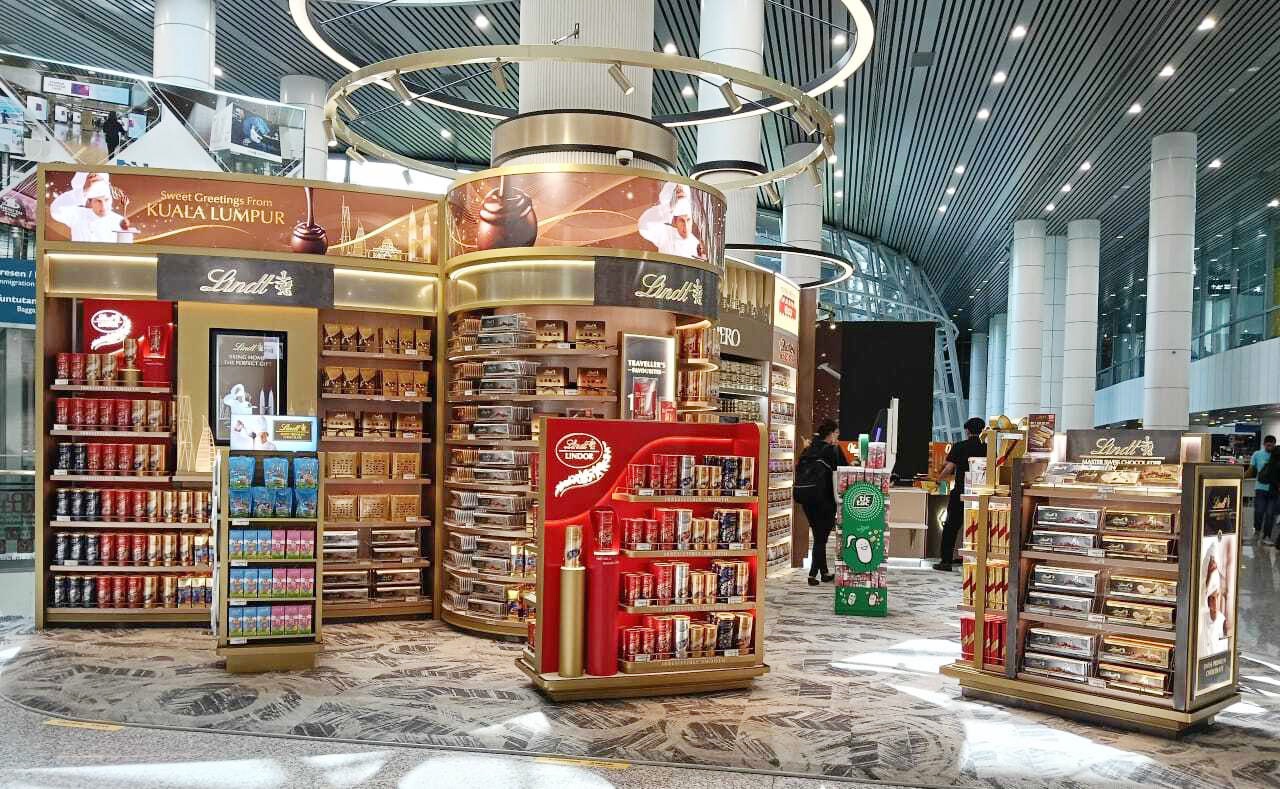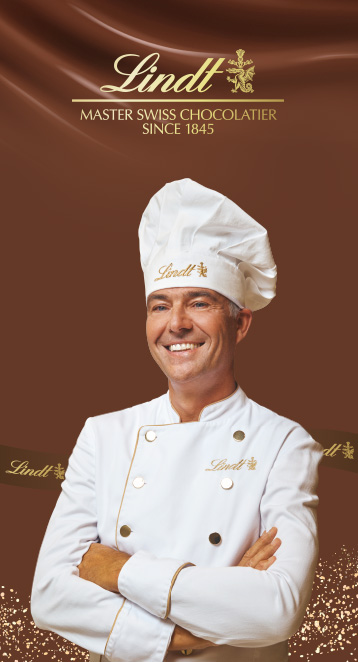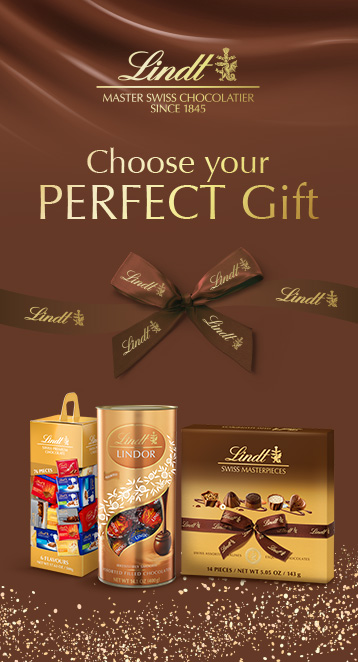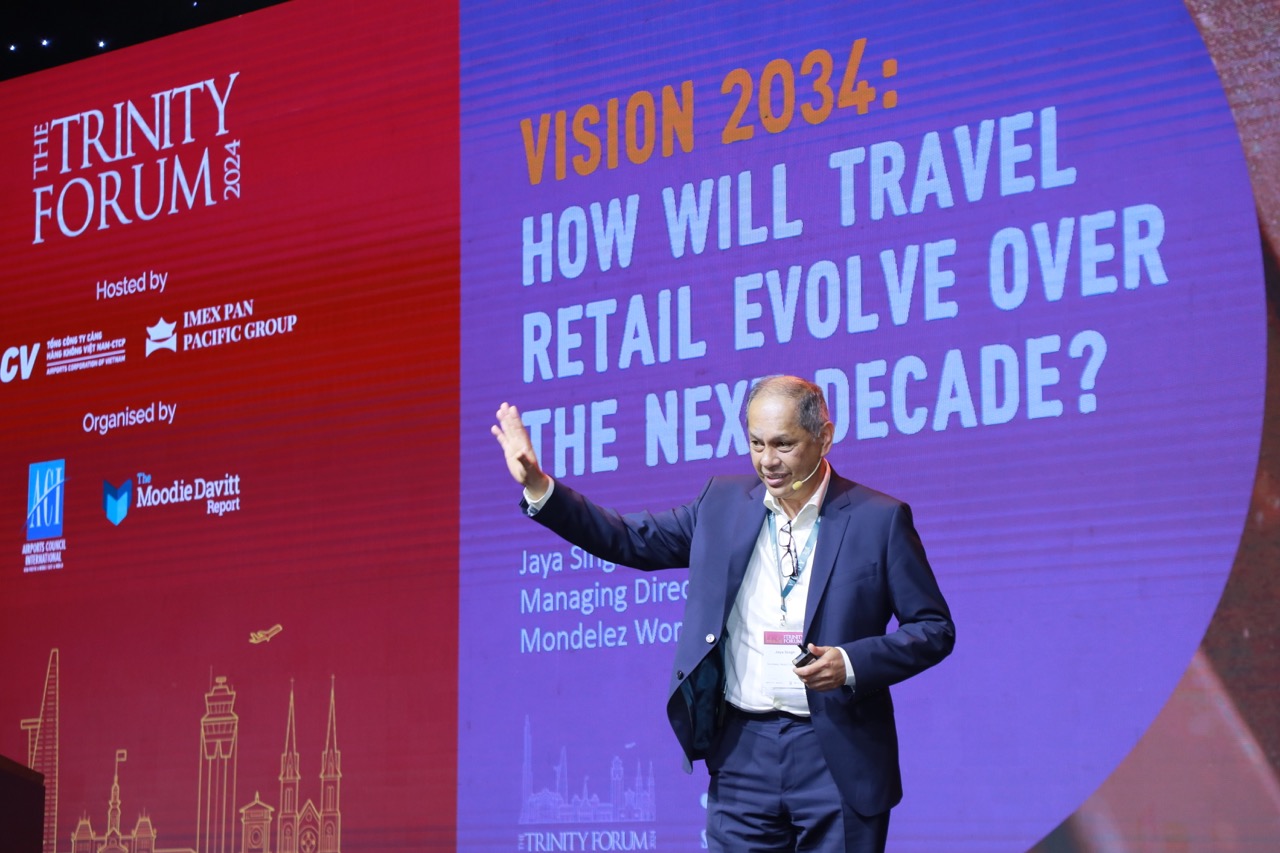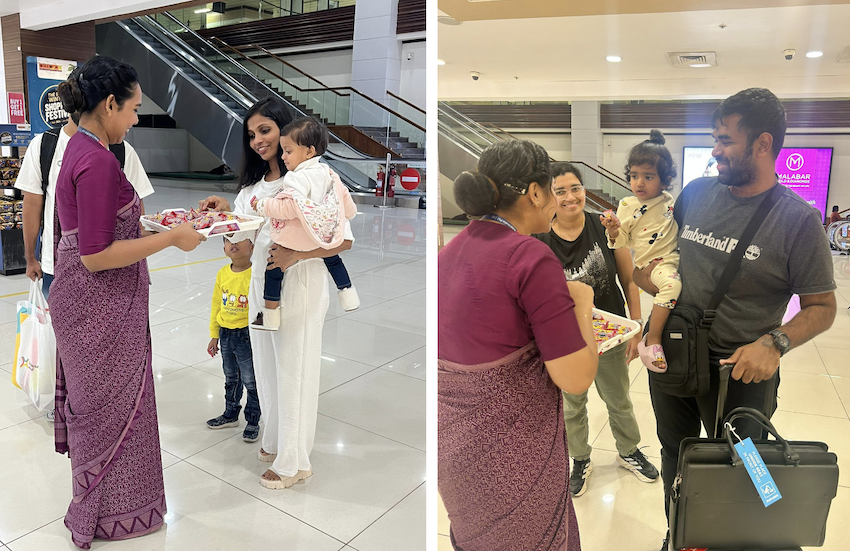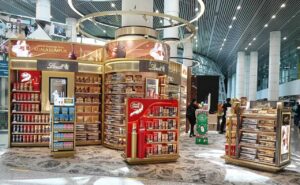
Introduction: In this guest column, Lindt & Sprüngli Head of Global Travel Retail Peter Zehnder shares the five key strategies for elevating the shopper experience and converting customer dwell time to increased sales in travel retail.
In the realm of travel retail, the confectionery category stands out with distinctive advantages and compelling characteristics that present significant opportunities for retailers.
As a high-conversion category with a 27% conversion rate, it is also highly impulse-driven with an impressive 75% of shoppers making purchase decisions at the point-of-sale. While pre-planned purchases provide a reliable revenue stream, spontaneous, unplanned buys often deliver incremental value for retailers willing to innovate and invest in the category.
By prioritising in-store visibility, creating multiple touchpoints and elevating the chocolate shopping experience, retailers can unlock benefits that extend beyond confectionery itself.
Here are five key strategies for unlocking confectionery growth through greater and more effective visibility.

Be seen: Maximising visibility and optimising space
Visibility is the first step to driving sales in the confectionery category. In crowded duty-free stores, where time-pressed travellers navigate logistical stress, ensuring that chocolate products are easy to locate is essential.
- Clear organisation: Strategic product-placement and well-structured displays streamline the shopping process, saving travellers time and reducing decision fatigue.
- Prime positioning: Prominently displaying popular brands increases convenience for shoppers, boosting the likelihood of impulse purchases.
For travellers who may only pass through an airport once or twice a year, finding their favourite chocolate brands should be straightforward and stress-free. When visibility and accessibility are prioritised, the chocolate shopping experience becomes effortless, leading to higher conversion rates.
Iconic identities: Leverage recognisable shapes, colours and logos
Chocolate brands have a special advantage: their visual elements evoke nostalgia and trust, making products instantly recognisable and desirable.
- Nostalgic appeal: Bold colours, memorable logos and distinctive shapes – often tied to fond childhood memories – create a strong emotional connection with shoppers.
- Ease of navigation: Familiar visual cues help travellers quickly identify trusted brands, removing uncertainty from purchase decisions.
For example, Lindt’s Lindor, with its signature shape and bold red packaging, immediately catches the eye, conveying indulgence and quality. Shoppers navigating an unfamiliar airport are reassured by such recognisable branding, making it simpler for them to identify and reach for a product they already know they love.
Segmentation and anchor brands to ease navigation
To meet diverse shopper needs, organising the chocolate section with clear segmentation is essential. This strategy not only simplifies navigation but also enhances the credibility of the category.
- Segment by shopper needs: Divide offerings into distinct segments, such as fun treats, everyday indulgences, gifting options and premium selections.
- Anchor with iconic brands: Use globally recognised brands as category anchors to guide shoppers and drive foot traffic to all segments.
- Include local brands: Position regional favourites alongside anchors to offer a balanced mix that appeals to a wider audience.
For instance, Lindt’s segmentation approach includes categories such as Fun & Family, Mainstream, Upper Mainstream, and Premium. This clear organisation ensures every shopper – regardless of their taste or price sensitivity – can find a product that resonates with them.
By pairing local favourites with global brands, retailers also reinforce the appeal of the category as a whole and benefit from increased foot traffic across multiple product sections.
Multiple touchpoints: Engage at every step
Maximising engagement and conversion requires creating multiple points-of-sale along the shopper’s journey, ensuring travellers encounter compelling offers at various stages.
- Strategic placements: Position chocolate displays in high-traffic areas, promotional zones and near checkout counters.
- Seasonal activations: Leverage key cultural moments and gifting occasions to boost relevance and drive sales.
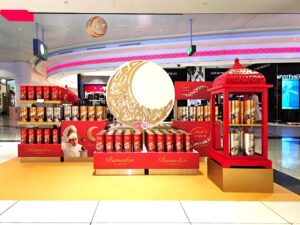
During Eid Al-Adha, Lindt activated promotions at Qatar Duty Free featuring exclusive gifting options and festive packaging. By showcasing these offers across multiple touchpoints, Lindt not only increased impulse purchases but also catered to the cultural gifting preferences of travellers.
The result? A remarkable +26% year-on-year uptick in sales for Lindt Swiss Masterpieces, the brand’s ultimate premium gifting product.
According to Lindt’s recent POLARIS research, approximately 60% of travellers make their purchases within the main category area, while the remaining 40% shop at alternative touchpoints such as high-traffic areas, promotional spaces or cash-till displays.
By integrating multiple touchpoints along the shopper’s journey, brands and retailers unlock more opportunities to engage travellers, enticing them to make spontaneous purchases across different sections of the store.
Prioritising branded spaces for superior shopping experiences
Branded spaces offer a powerful way to elevate the chocolate shopping experience, making it more distinctive and memorable.
- Create emotional connections: Customised fixtures, digital storytelling and tasting stations foster brand loyalty and differentiate travel retail from domestic stores.
- Highlight craftsmanship: Use these spaces to educate shoppers about the product’s origins, quality and craftsmanship, deepening their engagement with the brand.
When travellers encounter a branded chocolate area, it creates a sense of exclusivity and discovery, encouraging them to spend more time in the section. This emotional engagement can lead to stronger brand affinity and higher conversion rates.
Unlocking incremental growth through visibility and accessibility
Chocolate’s impulse-driven nature makes it an exciting growth opportunity for travel retail. By focusing on visibility, leveraging visual branding, organising the category with clear segmentation, creating multiple touchpoints and investing in branded spaces, retailers can transform spontaneous shopper behaviour into consistent sales.
Whether it’s through anchoring the category with recognisable global brands, engaging travellers at every step or providing a superior shopping experience, the key to success lies in making chocolate easy to find, enticing to choose and impossible to resist. ✈



